Alessandro Magno (356-323 BC), who had great legacy in the history, culture and religions, was the eminent work of art of Antiquity late in our days, making him one of the main political figures of Western art. Most of the contemporary or original works have disappeared, although many copies were made in Roman times, particularly in the field of sculpture; In the 17th and 18th centuries, Alexander inspired sculptors who subscribed to classicism.
The head, slightly larger than life-size, has a strong lateral and backward twist in a typical heroic attitude. The face, with strong but regular features and an open mouth, is crowned with thick hair with locks that, on the forehead, are arranged in an upward movement (anastole) characteristic of the portraits of Alexander the Great.
It was the sculptor Lysippos who, in creating the portrait of Alexander the Great, transformed the physical defect that forced the leader, according to the sources, to keep his head strongly inclined on one shoulder in an upward attitude that seems to allude to a certain abduction. . celestial, "a silent conversation with the divinity".
The model, finely chiseled, should derive from one of the many portraits of Alexander the Great, of the Acropolis Museum type (Alexander the Younger) or, more surely, of the Pergamene type. Our head goes back to the second half of the 17th century and it is no coincidence: 17th century Europe was rich in collections of archaeological finds and marble sculptures, especially from the Roman but also Hellenic era which evoked, in the ideal of the noble classes, a refined and idealized taste for the old which pushes towards a reproduction but also a reworking of the classical style.
Measures
H cm 33
L cm 24
P cm 27


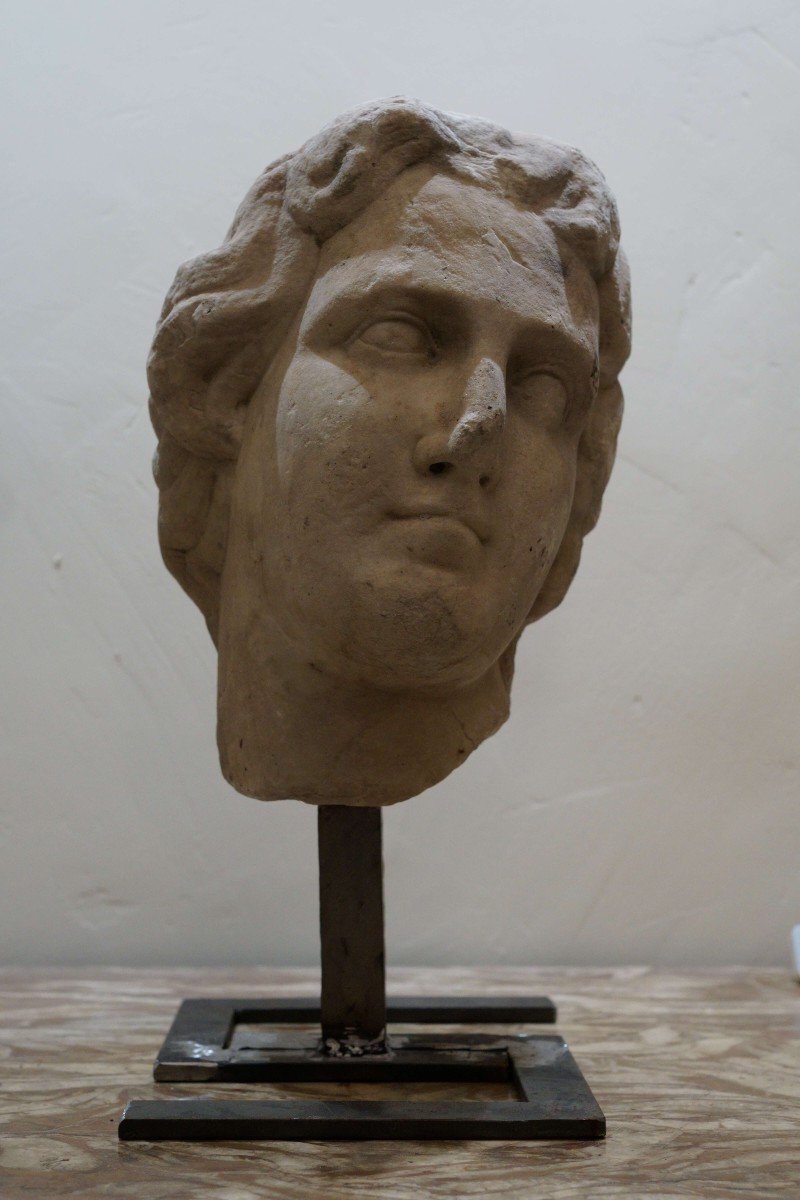


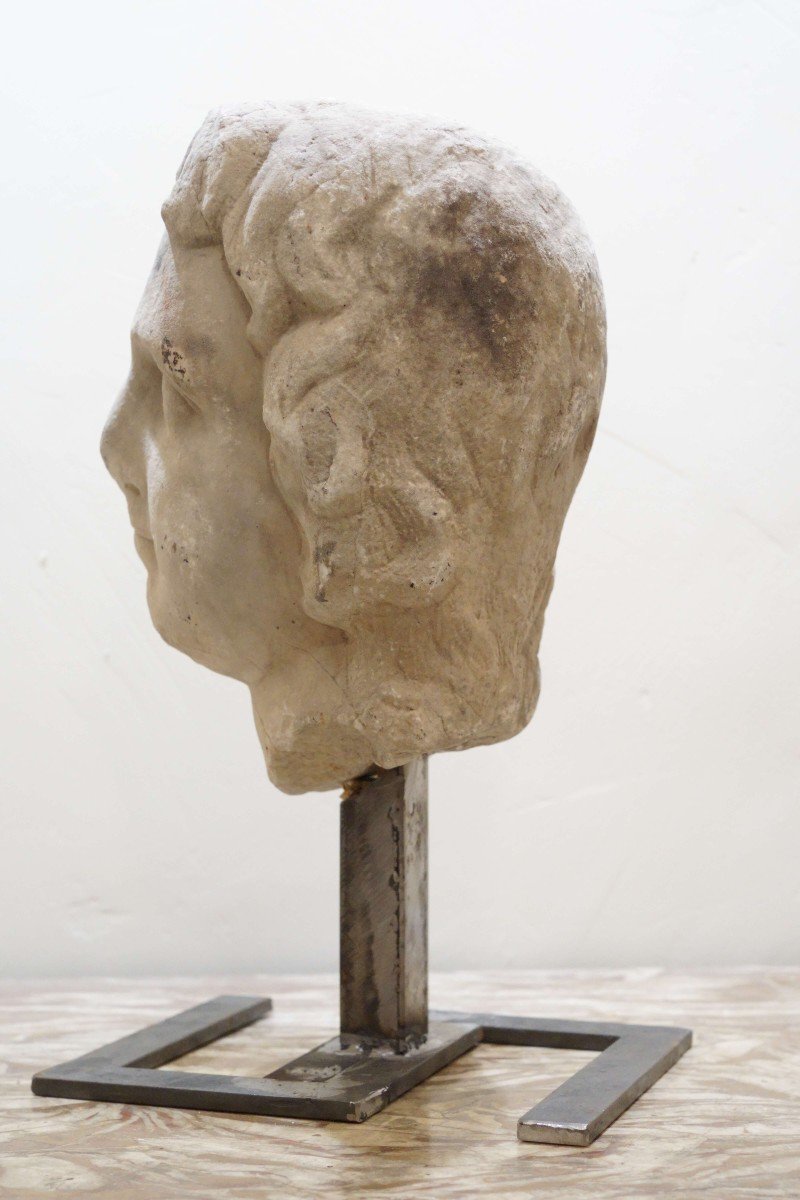

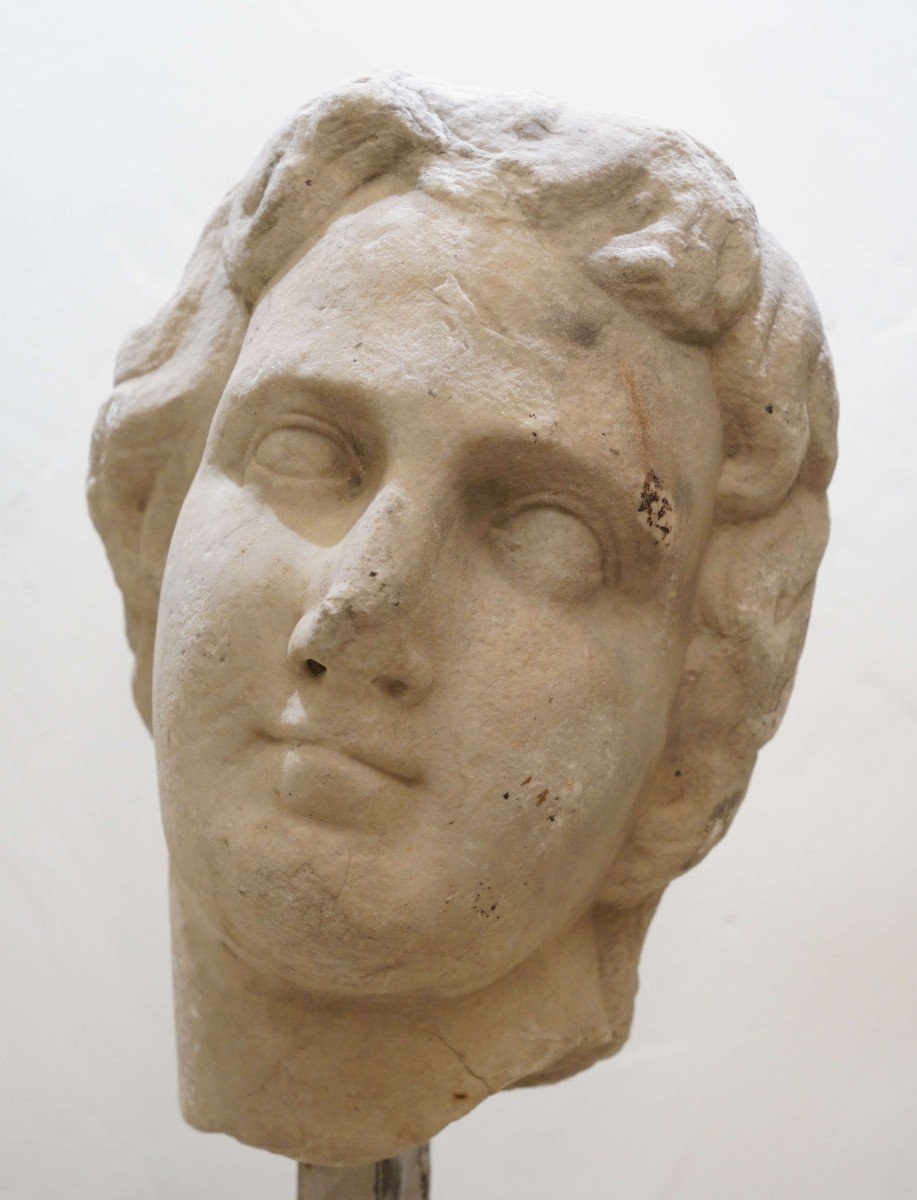
















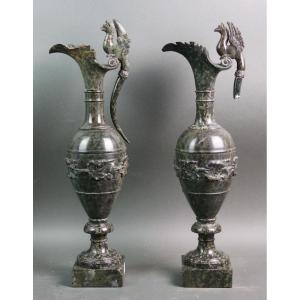












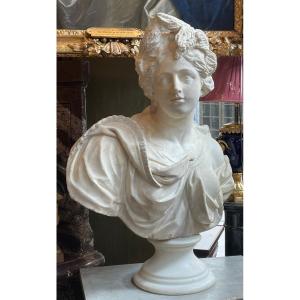
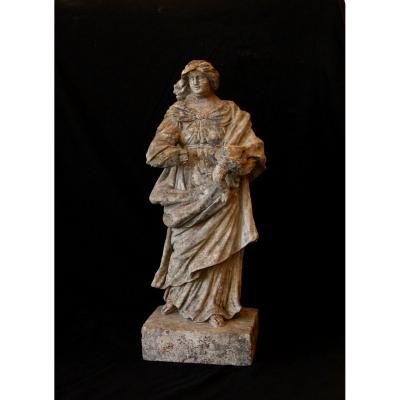
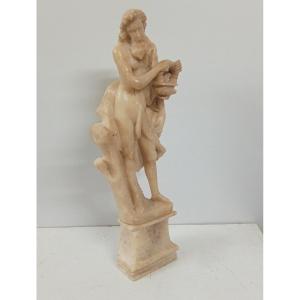
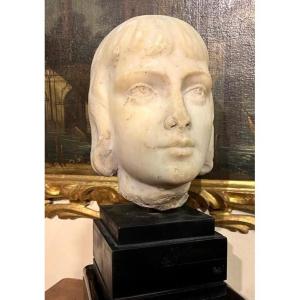



 Le Magazine de PROANTIC
Le Magazine de PROANTIC TRÉSORS Magazine
TRÉSORS Magazine Rivista Artiquariato
Rivista Artiquariato